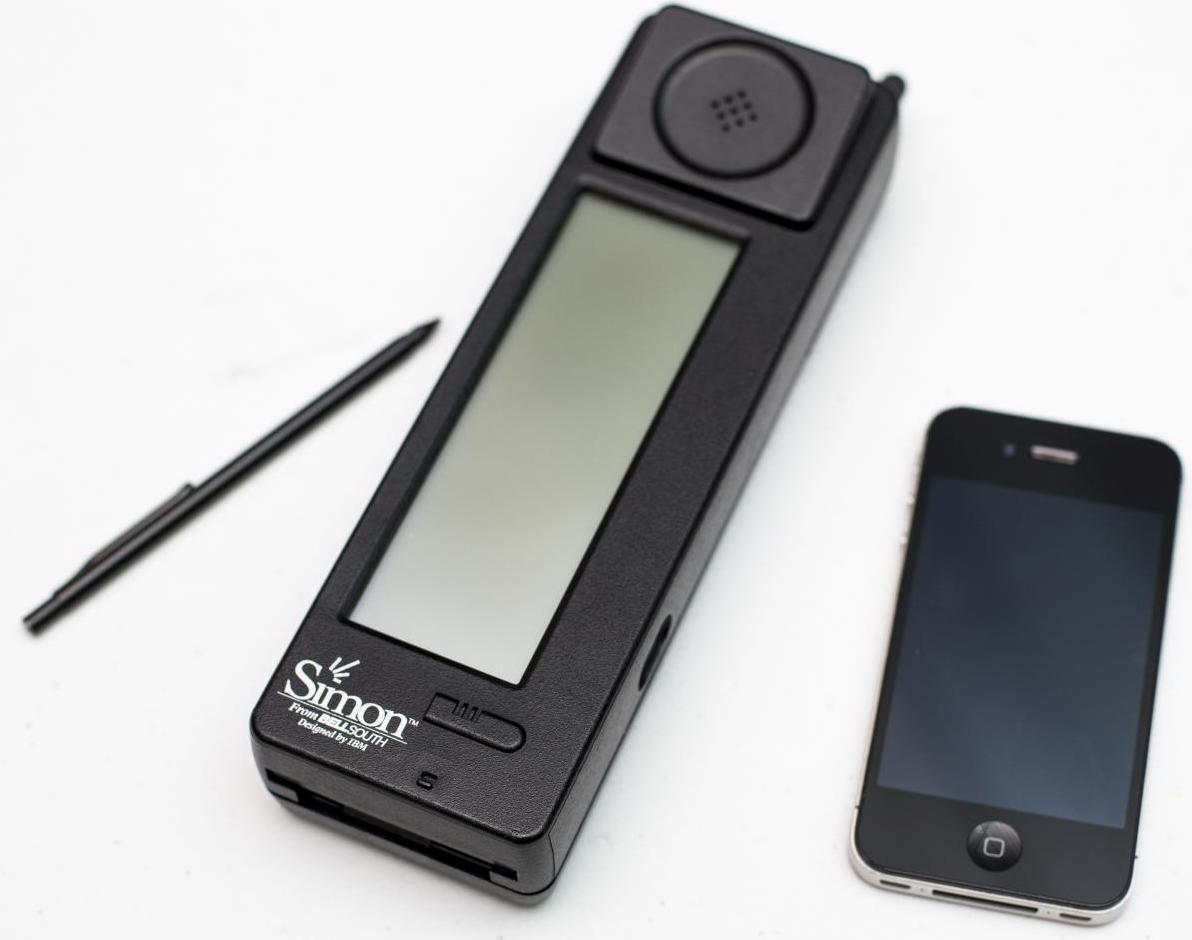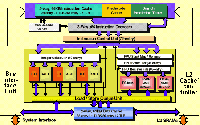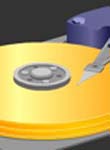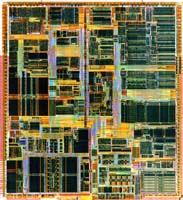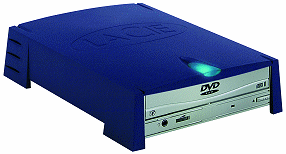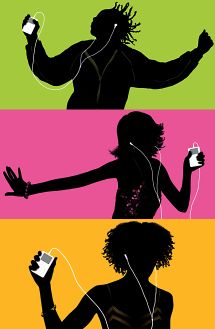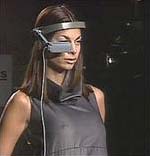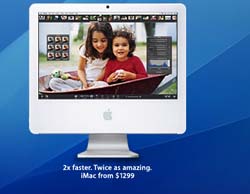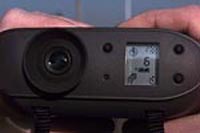 |
A Digital Timeline A History of Digital Technology 1994
to 2006 (added
December 27, 2005
|
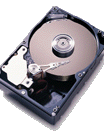 |
An attempt at charting the trajectory of digital technology, with special attention to graphical applications. Comments solicited, corrections gladly considered, links and images most graciously desired. (Special note: those attributed as inventors or creators more often were joined by many others, some named, some not. And dates are often only approximations.)
First Smart Phone: the IBM Personal Communicator, The Simon
The phone had no web browser — heck, computers were just getting decent browsers back then — but email access was a big selling point. It could send faxes, too, which is a technology people haven’t been able to completely kill off yet despite decades of trying.
It was big and expensive, but not insanely so.
By today’s standards, of course, Simon was clunky and outrageously priced. But for a do-it-all gizmo in the mid-’90s, its $1,100 price tag should elicit a mere shrug from most of us nowadays. And if you signed a two-year contract with BellSouth, you could get it for $900; that subsidized price eventually dropped to $600.
The phone itself measured 8 inches long by 2.5 inches wide by 1.5 inches thick, and weighed two ounces north of a pound. That’d be pretty clunky today, but we’re talking about the ’90s here.
—Doug Aamoth
Internet's 25th anniversary
40 million people connected to the Internet, more that $1 billion commerce per year, rapidly growing internet companies like Netscape
Athlon processor
Advanced Micro Devices

This processor competes successfully with Pentium chips
Giant Magneto-Resistive heads
IBM

A new technology used in IBM's Deskstar 16 GP, a 16.8 GB drive, bringing
down the cost of memory to 25 cents per megabyte
Pentium II
processor
Pentium
A 7.5 million transistor processor incorporates MMX technology, which is designed specifically to process video, audio, and graphics data efficiently
DVD-RAM drive
5.2 GB rewriteable capacity on a double-sided cartridge, enough to hold
a full length 2 hr movie (not be confused with DVD-ROM)
Apple
iPod is not based on a new concept. Companies before Apple released hard drive based music players, but none had the charm and elegance in the Apple implementation. Unlike the competitors, the iPod used a high speed FireWire interface to transfer files on and off of it, and it used a tiny hard drive, that made the device a quarter of the size of comparable products.
—Saad
A person's computer should be worn, much as eyeglasses or clothing are worn, and interact with the user based on the context of the situation. With heads-up displays, unobtrusive input devices, personal wireless local area networks, and a host of other context sensing and communication tools, the wearable computer can act as an intelligent assistant, whether it be through a Remembrance Agent, augmented reality, or intellectual collectives.
—Wearable Computing, MIR
Things haven't changed as much as the hype would have it. I think that years from now, when the details have been washed away by the acid rains of time, four major commercial events will stand out in the history of personal computers: the advent of the microprocessor which drove prices of computers down to the point where individuals could buy them and led to the first flowering of the present computer revolution, the ascendancy of the software industry and the shift from "users will program them" to "users will run software packages", the Mac interface and its followers which brought the benefits of computers to a far broader audience and fundamentally changed the way we use computers of all sizes and software of all kinds, and (to tread on dangerous ground since the event is relatively recent) the blossoming of the Internet. To sum up the history: cheap hardware, application, software, human interface, & internet.
—Jef Raskin
More coming, please check back: anyone have suggestions? Please send to me, Skip Schiel, at skipschiel (at) gmail.com.
General references (Updated February 3, 2025) |
Chronology of Personal Computers (thru 2022) A Chronology of Computer History |
|
|
 |
